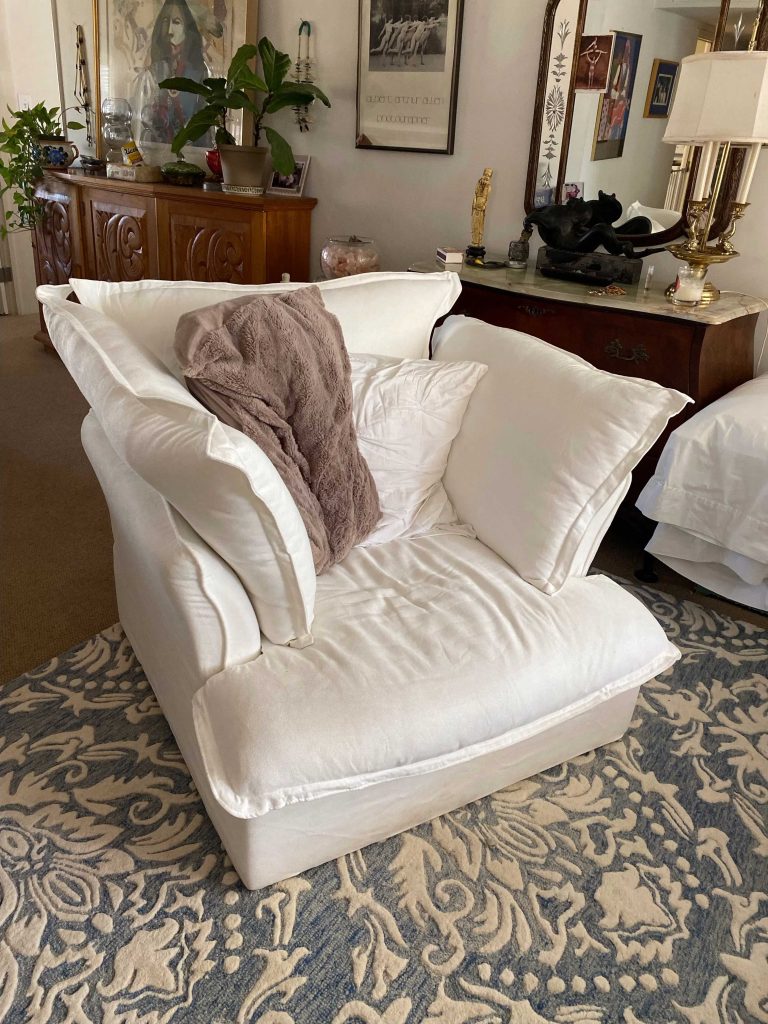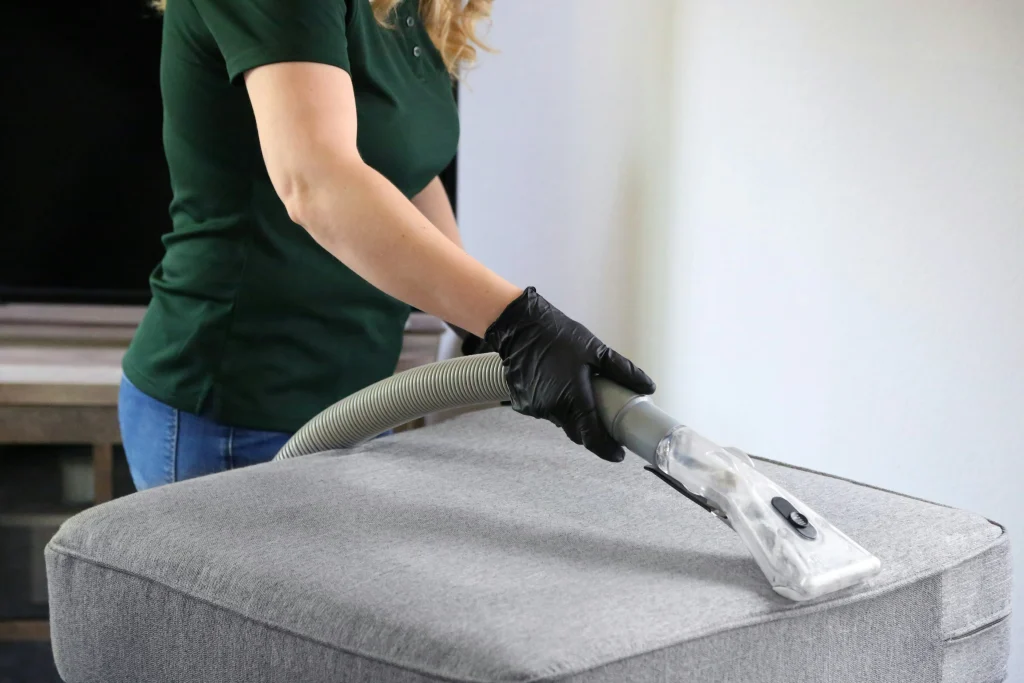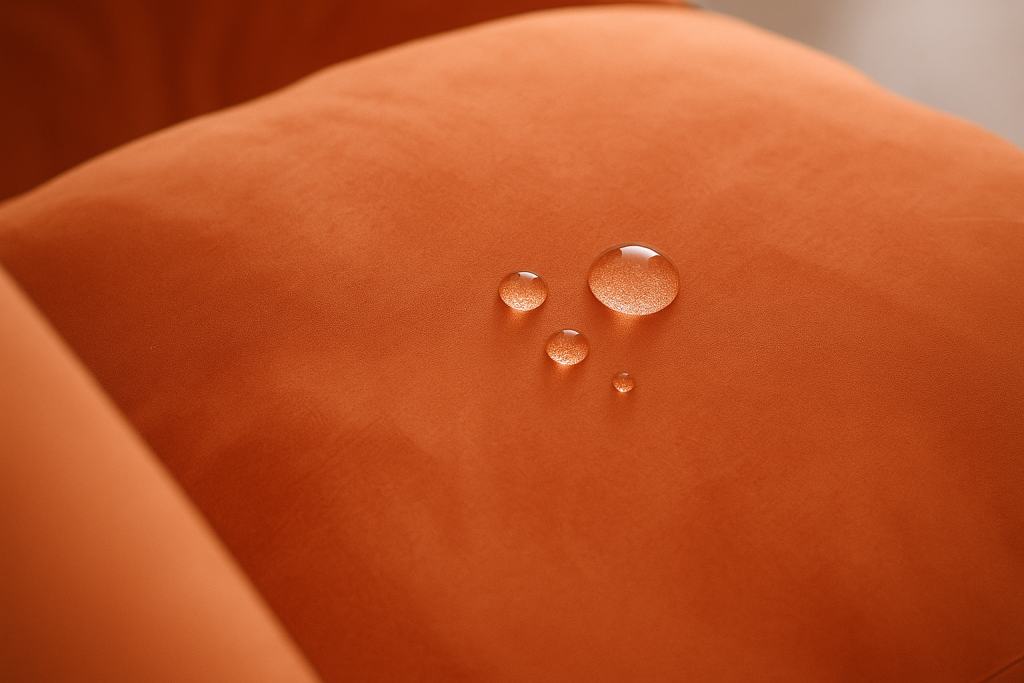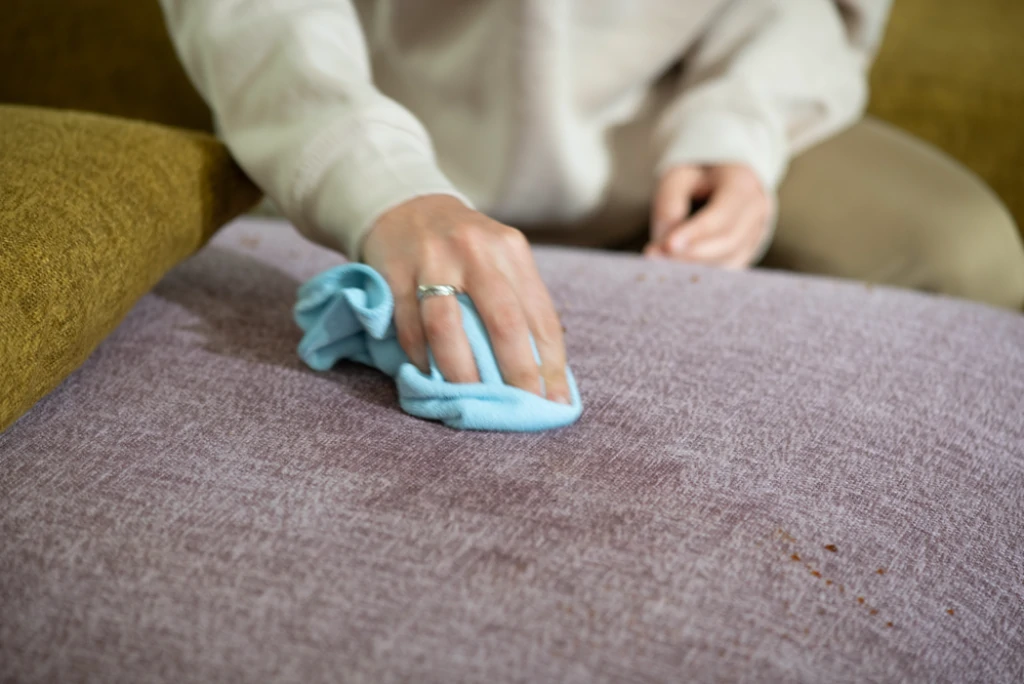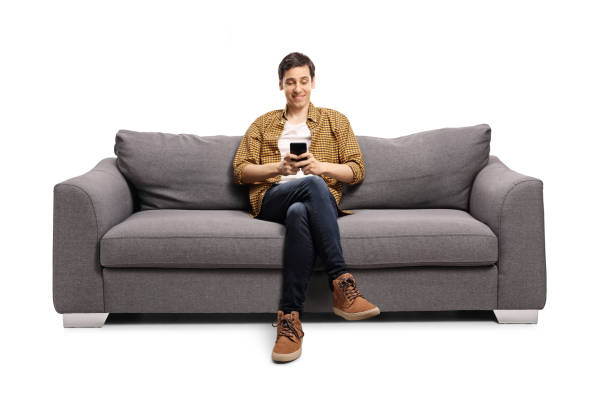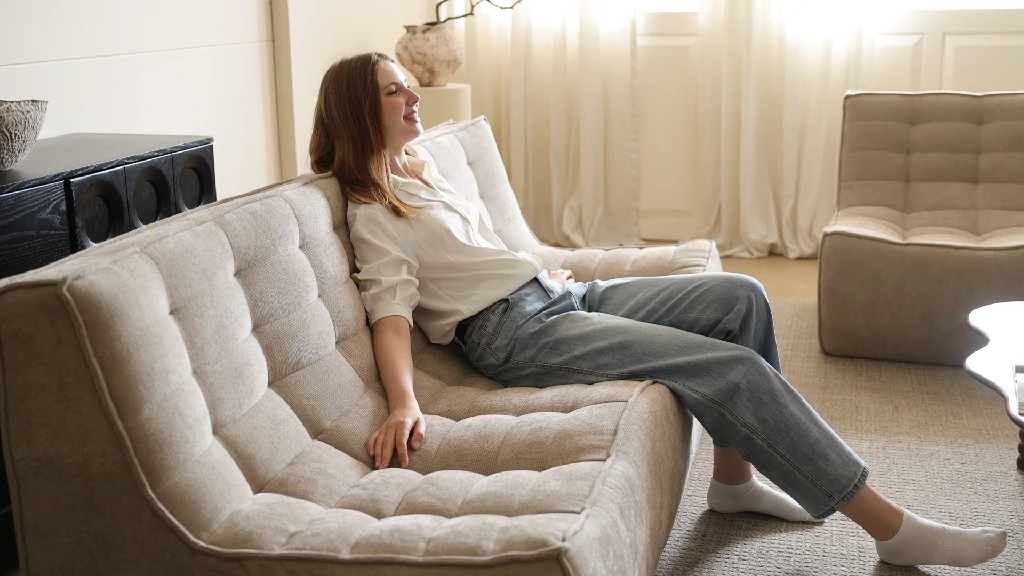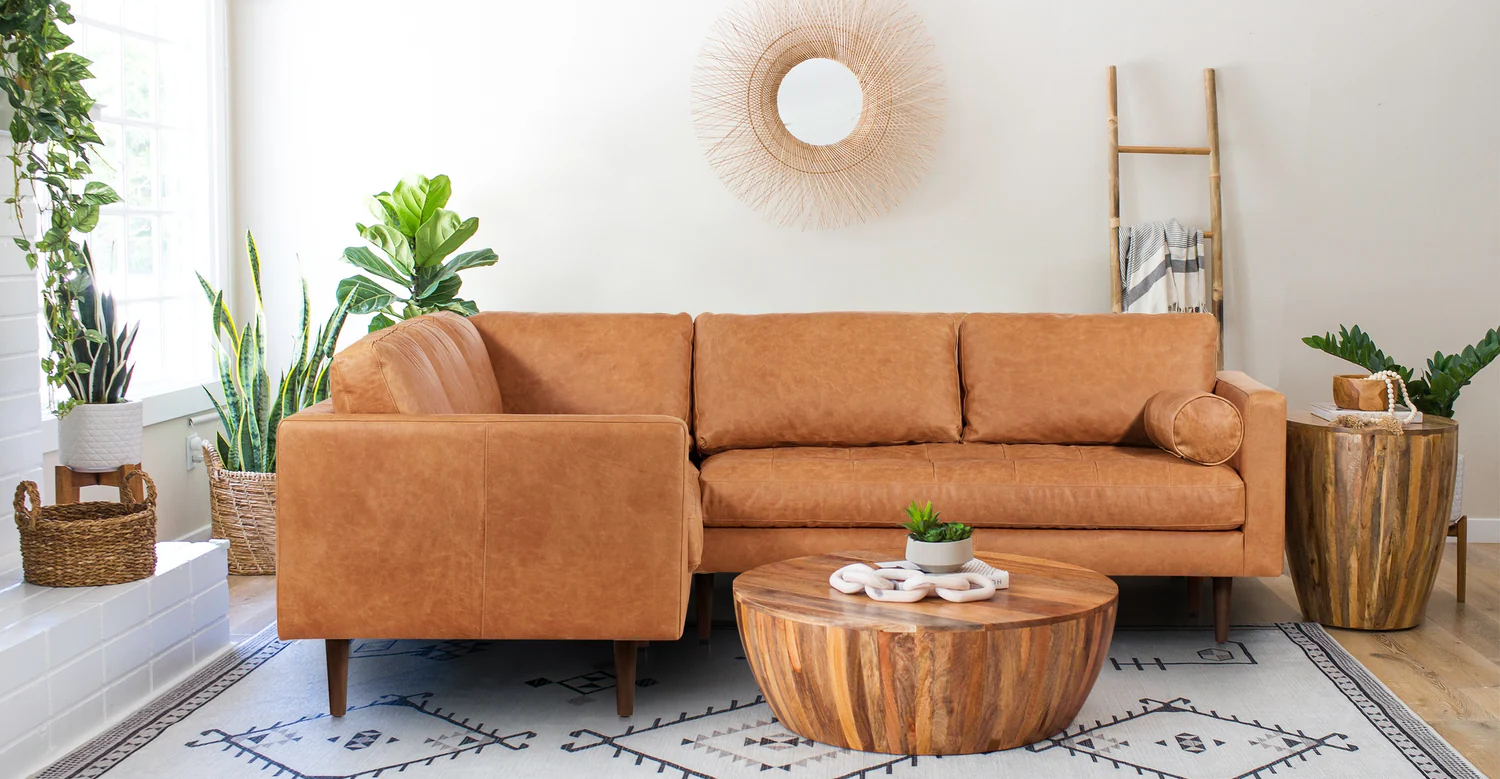How to Make Those Pesky Water Marks Vanish
One difficult thing about linen is that it can get water stains or "rings" when wet. Even seemingly harmless warm water can cause problems, leaving marks that are sometimes hard to remove.
Why Water Marks Happen
Linen sometimes shows water marks every time we try to spot clean a small area. A professional cleaner once explained that water always leaves a ring on linen. This means that when we clean a small spot, we have to be ready to clean the entire cushion or panel evenly. If we do not wet the entire cushion evenly, the water can brown out, especially near the seams.
Using Distilled White Vinegar
If we notice water marks, or if we went a little too far with liquid while spot cleaning, we can try using white distilled vinegar or lemon juice. Cleaning expert Sarah advises avoiding harsh cleaning products, as they could cause permanent damage.
We can try this gentle method using vinegar:
Spray the edge of the water stain with distilled white vinegar.
Blot the area gently with a microfibre cloth.
Leave it alone for about 10 minutes.
Rinse with Distilled Water
After using the vinegar, we need to rinse the area correctly to finish the job.
Spray distilled water around the edge of the original stain again.
Blot the distilled water and fan it out using the cloth.
Let the area air dry for a few hours.
A mixture of white vinegar and distilled water in a spray bottle has been known to remove water rings every time. After we saturate the area, we should blot it until we no longer see the original rings. Getting the fabric as dry as possible quickly is key to avoiding further issues like browning.


